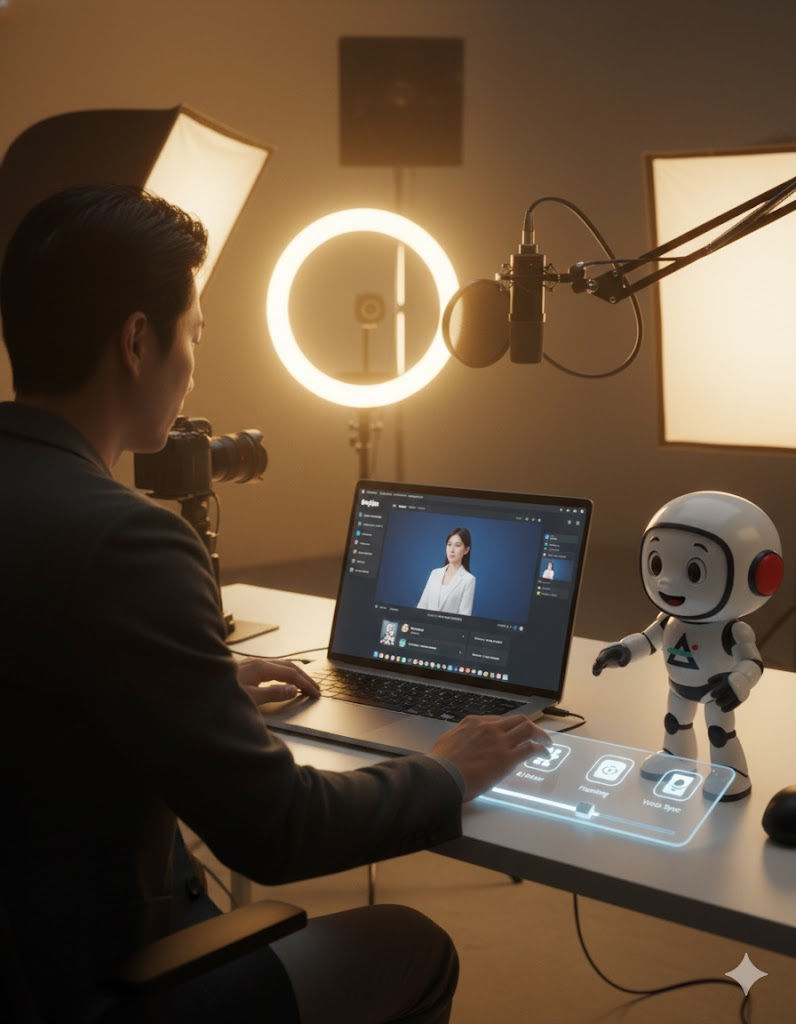How to Apply The Anointed Hero Framework
- David Hajdu
- Apr 17
- 3 min read
A powerful methodology for inclusive leadership taught to me by Dr. James Murray
In my professional journey, I've encountered numerous approaches to problem-solving and organizational development. This methodology fundamentally reimagines how we approach challenges in the workplace by prioritizing collaboration over individual heroics.

The Core Principle: Find Your Stakeholders First
The foundational insight of the Anointed Hero Framework is brilliantly simple: Before solving a problem, identify who would be most involved and potentially most offended if you just solved it on your own, and have a conversation with them first.
As Dr. Murray taught me, working in isolation might seem efficient, but it typically generates resistance and misses critical perspectives. When we "anoint" others as collaborators rather than steamrolling ahead with our solutions, we create allies instead of critics.
Implementing the Framework: A Practical Guide
Step 1: Identify Your Anointed Hero
Begin by asking these essential questions:
Who has the most at stake in this situation?
Whose domain or expertise might I be encroaching upon?
Who would feel bypassed or undermined by my independent solution?
This person becomes your "collaboration champion" - not because they'll champion your ideas, but because you'll champion their involvement. As Murray puts it, "I don't want to do it on my own; I don't get the right feedback."
Step 2: Listen for Language Patterns
Dr. Murray taught me to pay close attention to language shifts during conversations:
"I" statements indicate individual perspective and personal ownership
"We" statements often signal stress or diffusion of responsibility
"System" statements recognize organizational factors beyond individual control
The framework suggests starting with system-level discussions, transitioning to collective "we" perspectives when tension arises, and returning to "I" statements to rebuild personal connection. Murray notes, "When I hear the 'we,' I know I'm angry; it's actually about the system."
Step 3: Create Diverse Thinking Teams
Include what Murray calls "4th position thinkers" - those who naturally see alternatives to conventional wisdom. While many prefer consistency and agreement, these individuals provide essential perspective.
Murray cautions: "Be super curious until you know where someone sits, don't say too much. Or else, they will say 'Dave's being difficult again' - you were too far from their view of the world."
A technique he recommends is asking: "What do you find to be the most difficult things about me? Because I want to be better."
Step 4: Frame Communications Strategically
When presenting ideas to groups, Murray suggests acknowledging different response types upfront:
"You're probably not going to like this. Mismatchers will say they love it."
"Some people are not going to agree, and I understand that."
Then position your contribution contextually: "From where I'm coming now, what I've learned about this community and the processes we use, part of this exercise is... and the way I do it is... I hope this is helpful for you guys."
The Commitment That Powers the Framework
Murray emphasizes a foundational pledge that makes this approach effective: "In everything I agree to do, I will only do my best no matter what it costs."
This isn't about perfectionism but about integrity of effort and intention. When you approach collaboration with this mindset, as Murray observed, "People started saying nice things about me."
Setting Powerful Intentions
One of the most impactful lessons from Dr. Murray was about intention: "I want you to think about how you are going to show up for this year. If you don't show up, you are just going to let people down and you probably shouldn't do the role."
The quality of your presence - in calls, meetings, project work - reflects your intentions. These intentions cascade through all aspects of life: "The most important place it will change you is with your family and your kids."
Why This Framework Matters
Implementing the Anointed Hero approach has transformed how I work with teams. Instead of rushing to solutions, I invest time in relationship-building and perspective-gathering. The result? More robust solutions, stronger buy-in, and genuinely collaborative environments.
As Dr. Murray would ask: "Is there anyone who doesn't want their family to say that about them?" The framework isn't just about better workplace solutions—it's about becoming the kind of leader, colleague, and person who values others' contributions as essential to success.
Have you tried similar collaborative approaches?
I'd love to hear your experiences in the comments below.



Comments